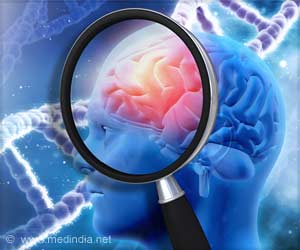
Sleep Spindles, Stress and PTSD: The State of The Science and Future Directions
Since PTSD is characterized by disturbances in sleep maintenance and stress learning and memory, there is now a growing interest in examining the role of sleep spindles in the neurobiology of PTSD.‘Non-invasive ways that might harness the benefits of sleep spindles might provide relief from Post-Traumatic Stress Disorder and other anxiety disorders.’





To know its role of action, researchers enrolled 45 participants who had all experienced combat or noncombat trauma; approximately half had moderate symptoms of PTSD and the other half had milder symptoms or were asymptomatic.They studied the spindles during non-rapid eye movement 2 (NREM2) sleep, the phase of sleep when they mainly occur, which comprises about 50% of total sleep in these patients.
They attended a “stress visit” in which they were shown images of violent scenes, such as accidents, war violence, and human and animal injury or mutilation, prior to a lab-monitored nap that took place about two hours later.
Anxiety surveys were conducted immediately after exposure to the images as well as after the nap when recall of the images was tested. They also compared anxiety levels in the stress visit to those in a control visit without exposure to these images.
The results showed that spindle rate frequency was higher during the stress visit than during the control visit. This provides compelling evidence that stress was a contributing factor in spindle-specific sleep rhythm changes. Notably, in participants with greater PTSD symptoms, the increased spindle frequency after stress exposure reduced anxiety post-nap.
Sleeping Medicines, Electrical Stimulation May Promote Sleep Spindles
The naps in the study took place shortly after exposure to violent images – raising a question about whether sleep occurring days or weeks after trauma will have the same therapeutic effect. The researchers think this is likely, and point to interventions that could trigger the spindles associated with NREM2 sleep and benefit patients with stress and anxiety disorders.Advertisement
Transcranial electrical stimulation in which small currents are passed through the scalp to boost spindle rhythms, which involves a cue, like an odor or sound used during an experimental session and replayed during sleep may also induce spindles.
Advertisement
Source-Eurekalert















